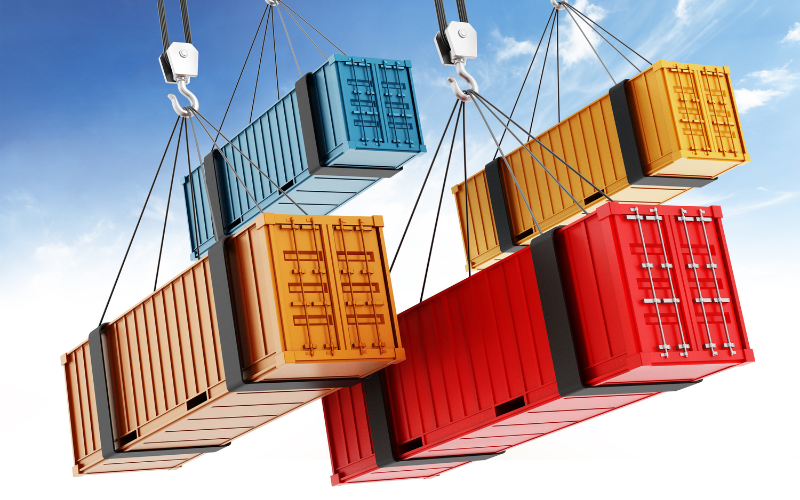
Car shipping containers provide a safe and secure way to transport cars and other vehicles around the world. However, without the right tools and racking system, loading a car into a container is no easy feat and can easily incur damage to the vehicle. Here are five tips to help you load your cars into containers safely and efficiently.
1. Measure Up
Before loading any car into a container, it is important to take accurate measurements of the cars as well as the shipping container itself, and any racking you are using. This will help you determine how many cars will fit safely and comfortably in each container, and how many racks you will need. These measurements will also help you plan how best to arrange your vehicles and racks so that they fit snugly into the shipping container with no room for movement or excessive vibrations during transit; this is essential for keeping your cargo safe.
2. Secure The Wheels
There are two types of racking system used in containerised car transport: an internal loading rack (e.g. the R-Rak), which is installed in the container first and the car is then driven into place, or an external loading rack (e.g. the EL-Rak), to which the cars are secured outside the shipping container, before being fork lifted into place. In each case, to prevent damage to your vehicle during transit, it’s essential to make sure that all four wheels are secured in place on the racking with wheel chocks or blocks before sealing the container. This will keep the cars from rolling around during transit and ensure that each vehicle stays in place without causing any damage to itself or other vehicles in the same container.
3. Use Tie-Downs
Once your vehicles have been securely loaded into the container, use tie-downs such as ratchet straps or webbing straps to further secure their position on the racking and inside the container. Make sure they are tight enough so that no movement can occur while the shipping container is lifted and moved by crane, but not too tight, as this could cause damage to delicate paintwork and bodywork, or even break the windows or windscreen.
4. Use Decking Or Lining Material
Using decking boards or lining material inside your shipping containers helps protect both your vehicle and its cargo from moisture, dust, and dirt while still allowing air flow inside the container, preventing condensation build up on walls or floors which could lead to mould growth over the journey. Shipping container lining material also provides an extra layer of cushioning between vehicles, which can help reduce the vibrations experienced during transit.
5. Load Smartly
When loading multiple cars into a single shipping container, there must always be careful consideration given to weight distribution within each rack as well as weight distribution across all racks within each individual container. This is important for maintaining balance and avoiding damage caused by an uneven distribution of mass within each rack, which may cause one or more vehicles to become unbalanced. When stacking multiple racks inside a single container, always ensure that heavier vehicles are placed at lower levels, while lighter ones occupy higher levels; this helps maintain greater stability.
Find Out More
Using a high-quality reusable racking system, such as our R-Rak or EL-Rak, will minimise issues during loading and unloading and help keep your cargo safe inside its shipping container from port to port. To find out more about containerised car transport and how we can help, please call today, or download a copy of our Containerised Car Transport Guide by clicking here.
Image Source: Canva
















